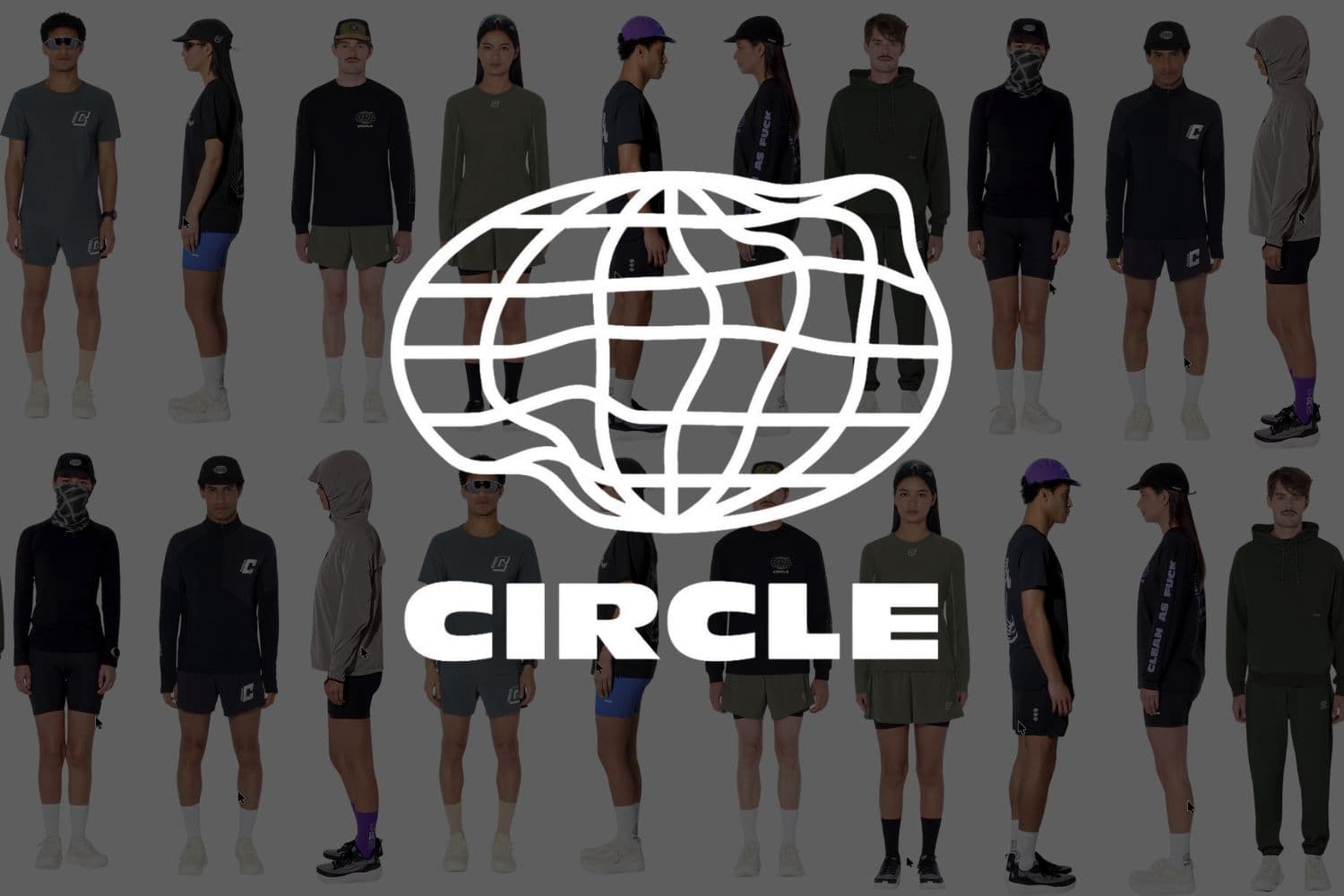As the European Union continues advancing sustainability efforts, one major shift that will impact businesses—and, most importantly, consumers—is the incorporation of the Digital Product Passport (DPP) for nearly all products sold within the EU.
This means that all businesses selling products within the EU, including imports, will be required to implement a DPP. This passport will allow consumers to trace materials, origin, production processes, and other essential details that fashion companies have not consistently disclosed.
 Image source H&M Foundation
Image source H&M Foundation
The European Union defines the Digital Product Passport as:
“A set of data summarising a product’s components, materials, chemical substances, and information on repairability, replacement parts, and proper disposal.”
Complemented by data, a unique product identifier, and lifecycle information, the DPP will ensure transparency for all stakeholders in the value chain.
Future proof your products
As trends shift toward sustainable alternatives, a global survey by PicoNext revealed that consumers believe that 91% of brands engage in “greenwashing". Additionally, 71% consider sustainability important in their purchasing decisions, and 67% are more likely to buy products with detailed sustainability information.
 Image source PicoNext Research, 2023
Image source PicoNext Research, 2023
These statistics unveil challenging conditions for brands to integrate the Digital Product Passport with full transparency and trust in ethical claims. On the other hand, it it proven that consumers prefer brands that are personable, ethical, and sustainable and also go into detail about their claims.
Tech Solutions for DPP
Entering the new age of technology is also opening doors for innovation in the format of the Digital Product Passport on products in different categories.
In 2024, traceability is reaching new heights with advancements in technology with Trimco Group by adopting strategic collaborations. By integrating the latest GreenTech solutions and industry partnerships, companies are streamlining processes to enhance transparency and efficiency.
 Image source Nobody's Child
Image source Nobody's Child
Verified data and authenticity ensure accuracy in sourcing information directly from reliable sources while detailed information flows across the supply chain, facilitating the consumer's informed purchasing choice.

Additionally, the adoption of GreenTech strengthens traceability efforts, making it easier for industries such as textiles, footwear, and workwear to access and utilise verified data. These innovations mark a significant step toward a more transparent and sustainable future.
The European Union advocates for the following technologies: barcode, watermark, QR code, GS1, RFID Tag, Blockchain and DNA analysis.
Traceability and Transparency
As sustainability becomes an increasingly competitive and saturated space, filled with “green” claims, consumers now depend on verified data to make informed purchasing decisions. The success of the Digital Product Passport (DPP) will be driven by key factors, including building consumer trust, enhancing perceived product quality, meeting the growing demand for transparency, and supporting ethical and sustainable practices.

Image source Cadbury
Complying with the European Union’s new regulations will transform how businesses disclose information about their manufacturing processes. While verifying and reviewing all operations may take time, advancements in technology and industry-wide compliance could revolutionise transparency and accountability across various sectors.

Categories of information in DPP
The purpose of a DPP is to inform consumers and companies on processes in the supply chain, manage resources responsibly, promote circularity between industries, help product end-of-life management and provide authentification to products, that can range in detail.
Categories you should expect to see on Digital Product Passports
Product description
Product composition (breakdown of all materials by %)
Supply chain (where products are actually made at all stages)
Transportation operations
Documentation and regulation compliance
Environmental and social impact
Impact on animals
Health regulation requirements
Consumers are finally starting to see tangible change in the textile industry, moving beyond empty sustainability claims and towards authentic transparency in company practices. The Digital Product Passport offers brands a competitive edge, aligning with their commitment to clean and sustainable living.

Sustainable business models are becoming increasingly attractive to consumers, and the Digital Product Passport could elevate companies that invest in sustainable practices by providing greater visibility into how products are made. In today’s market, it’s crucial for consumers to support ethical and trustworthy brands to foster long-lasting loyalty and authority within each sector.
As these changes unfold, you can expect to stay informed on reflawn's news section, covering sustainable practices in the fashion industry and updates on the Digital Product Passport.
Why is the Digital Product Passport being introduced?
It allows consumers and businesses to trace materials, understand production processes, and make informed decisions about sustainability.
Who is required to implement the Digital Product Passport?
All businesses selling products within the EU, including imports, must incorporate a DPP. This regulation applies across industries, ensuring that sustainability claims are backed by verified data.
What technologies will be used to implement the DPP?
Some reccomeded formats are barcode, watermark, QR code, GS1, RFID Tag, Blockchain and DNA analysis.
How will the Digital Product Passport benefit consumers?
Consumers will have access to verified sustainability claims, enabling them to choose ethical, high-quality products.


.png&w=3840&q=75)





.jpg&w=3840&q=75)
